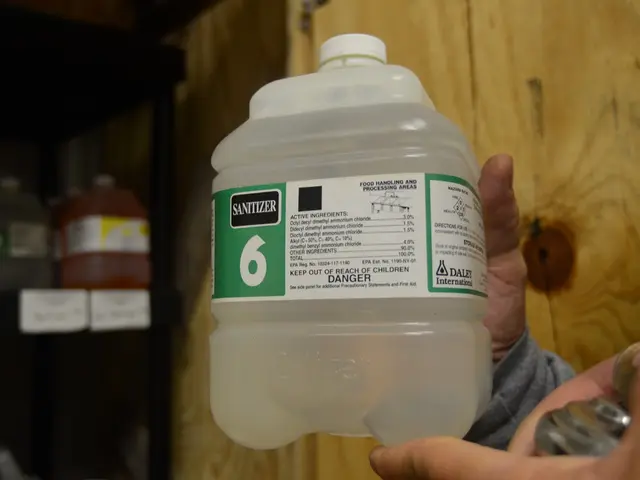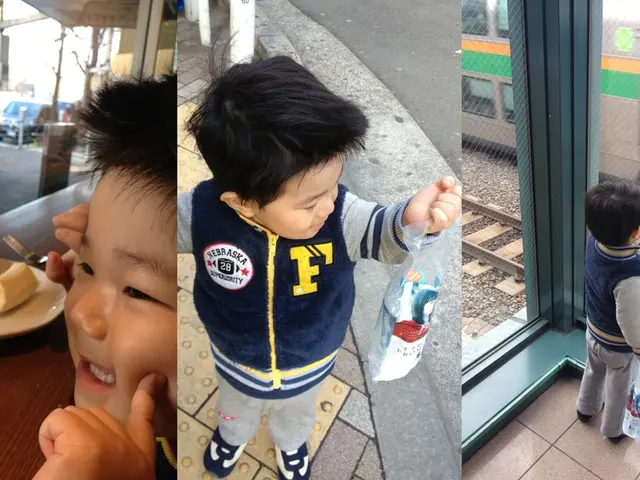AI's Role in Bolstering the Senior Care Workforce: Insights and Opportunities
At Cypress Living in Fort Myers, Florida, healthcare professionals consult with an AI chatbot named Hugo to aid in post-fall care intervention planning for older residents. Hugo uses artificial intelligence to suggest evidence-based interventions following inputs about a resident's fall. Clinicians rate Hugo's responses, helping improve the tool over time.
Joe Velderman, the vice president of innovation at Cypress Living, explains the importance of Hugo, stating, "Each time a resident experiences a fall in a skilled nursing facility, the facility must create an individualized care plan intervention to address identified risks and prevent future falls. Hugo can augment caregiver thinking by quickly assembling comprehensive intervention ideas, enabling clinicians to consider a wider array or solutions than they might otherwise develop independently."
Organizations across the US are experimenting with AI in senior care for efficiency benefits, preparing for the technology's potential future applications. AI is no longer a far-fetched concept; it's here, and it's revolutionizing the way we care for our elders.
In the background, AI has long powered features in electronic health record systems and functional assessment tools. However, generative AI platforms have sparked fresh excitement, leading to various applications, such as social connectedness platforms and back-office operations. Organizations should align their technology initiatives with their larger missions, avoiding the adoption of technology merely because it's trendy.
At Cypress Living, over 170 robotic process automations run every day, powered by Microsoft Power Automate. These automations transform paper forms into digital ones, automating results to emails, saving time and human resources. Team members like data scientist Kristina Troyer have developed machine learning models capable of predicting, with over 90% accuracy, whether a resident is likely to experience a fall within the next three days.
As technology evolves, the day isn't far off when robots may lift and transport residents in senior living communities, and workers may oversee armies of digital agents. Velderman predicts, "I think many of our team members will shift from doing to supervising. It's going to be a very different mindset going forward."
At Juniper Communities in various states, AI boosts back-office efficiency and resident services. Don Breneman, the organization's COO and CTO, believes AI is a significant opportunity to customize experiences for individuals entering a community. "We're trying to collect as much information as we can to better understand the best programming features and provide the most optimized experience. Hopefully, that will mean residents will stay longer, be more satisfied, and have better wellness outcomes."
AI is already in use at Juniper communities in their dining halls and for nightly cleaning. AI has also been integrated into administrative workflows through Microsoft Teams and Copilot. As part of their Catalyst membership-based health and wellness program, Breneman plans to use AI to personalize programming recommendations for resident participants, ensuring they are matched with activities they will enjoy while meeting their specific needs.
Embracing generative AI and large language models presents a promising future for senior care. It's crucial to integrate AI responsibly, with guardrails, so that when technological advancements shake things up, providers are prepared.
In the sphere of senior care, AI-driven tools like Hugo at Cypress Living are not only being employed for post-fall care intervention planning, but also in other aspects such as health-and-wellness predictive models and back-office automations, as evidenced by Juniper Communities' use of AI for administrative workflows and personalized programming recommendations. As technology continues to advance, we may witness a merging of technology and healthcare, with AI playing a significant role not only in healthcare delivery but also in health-and-wellness, touching various facets including science, technology, and even artificially intelligent robots contributing to health-and-wellness outcomes.








